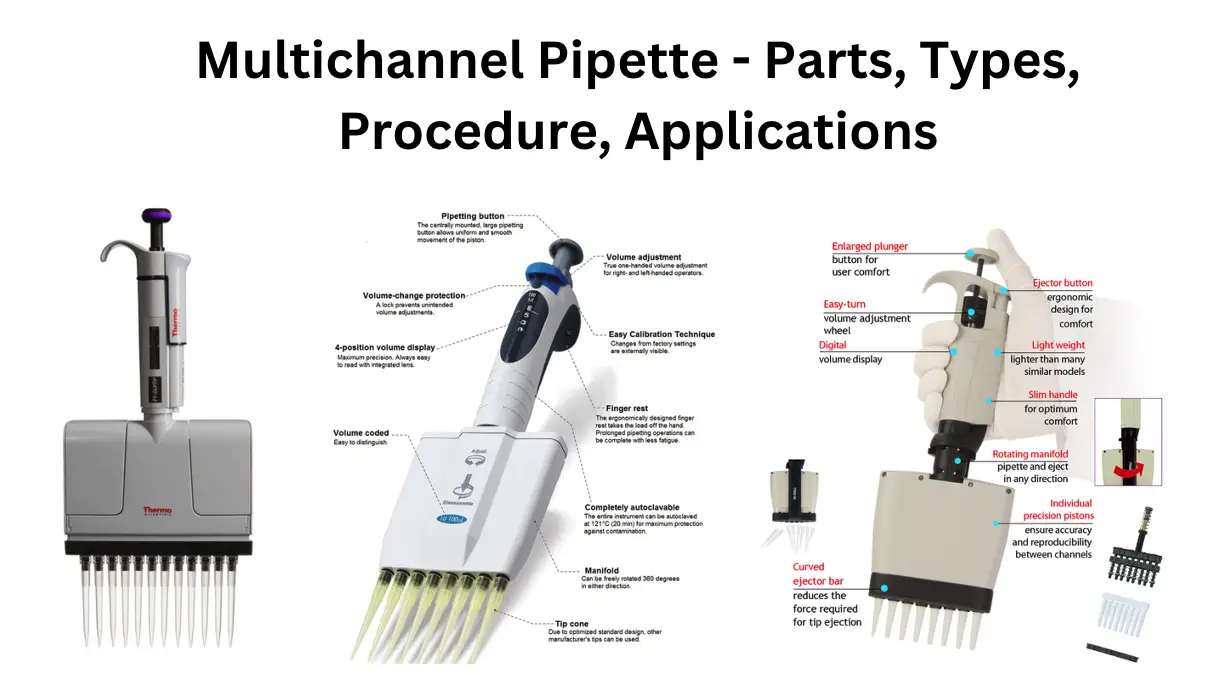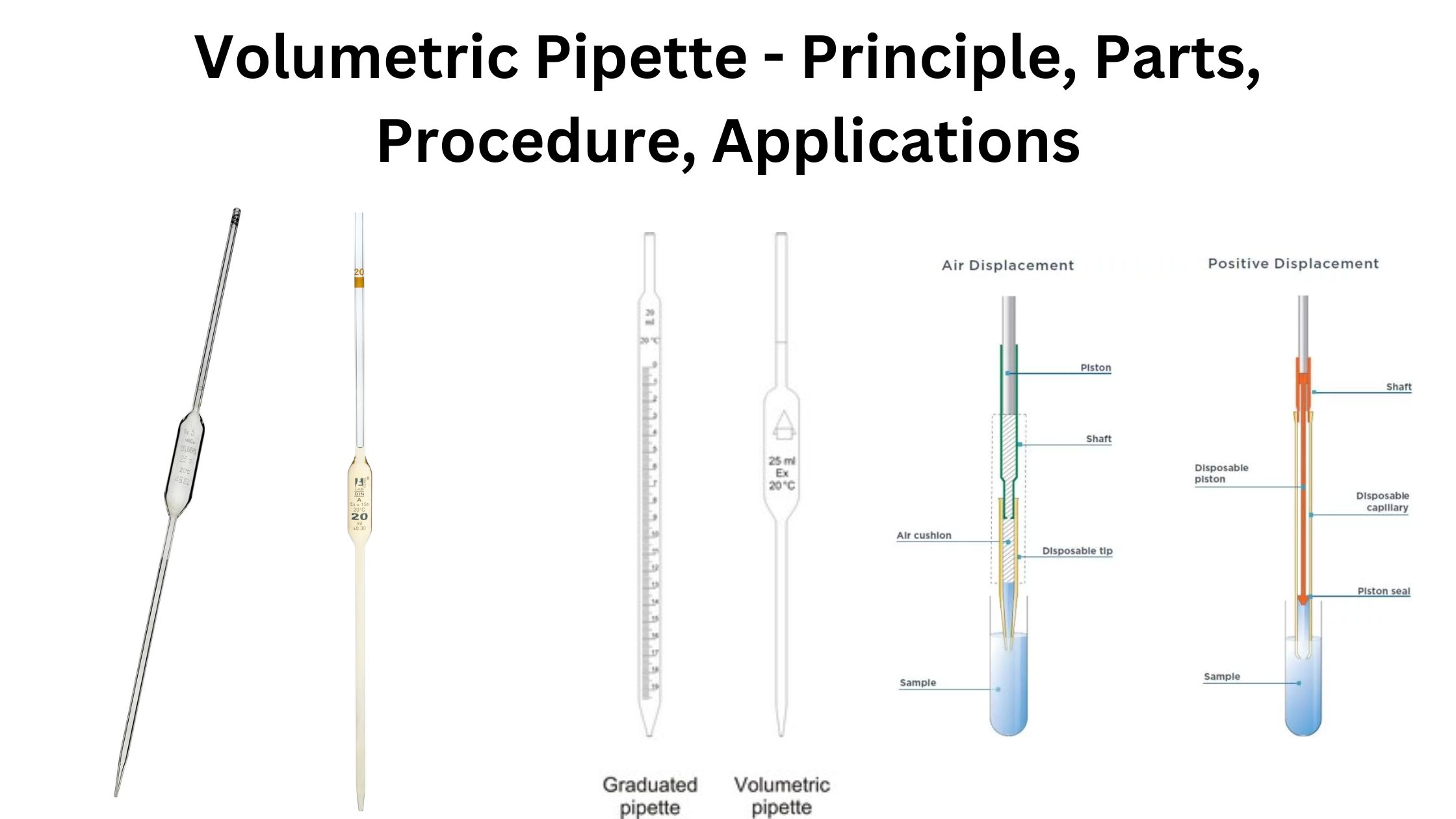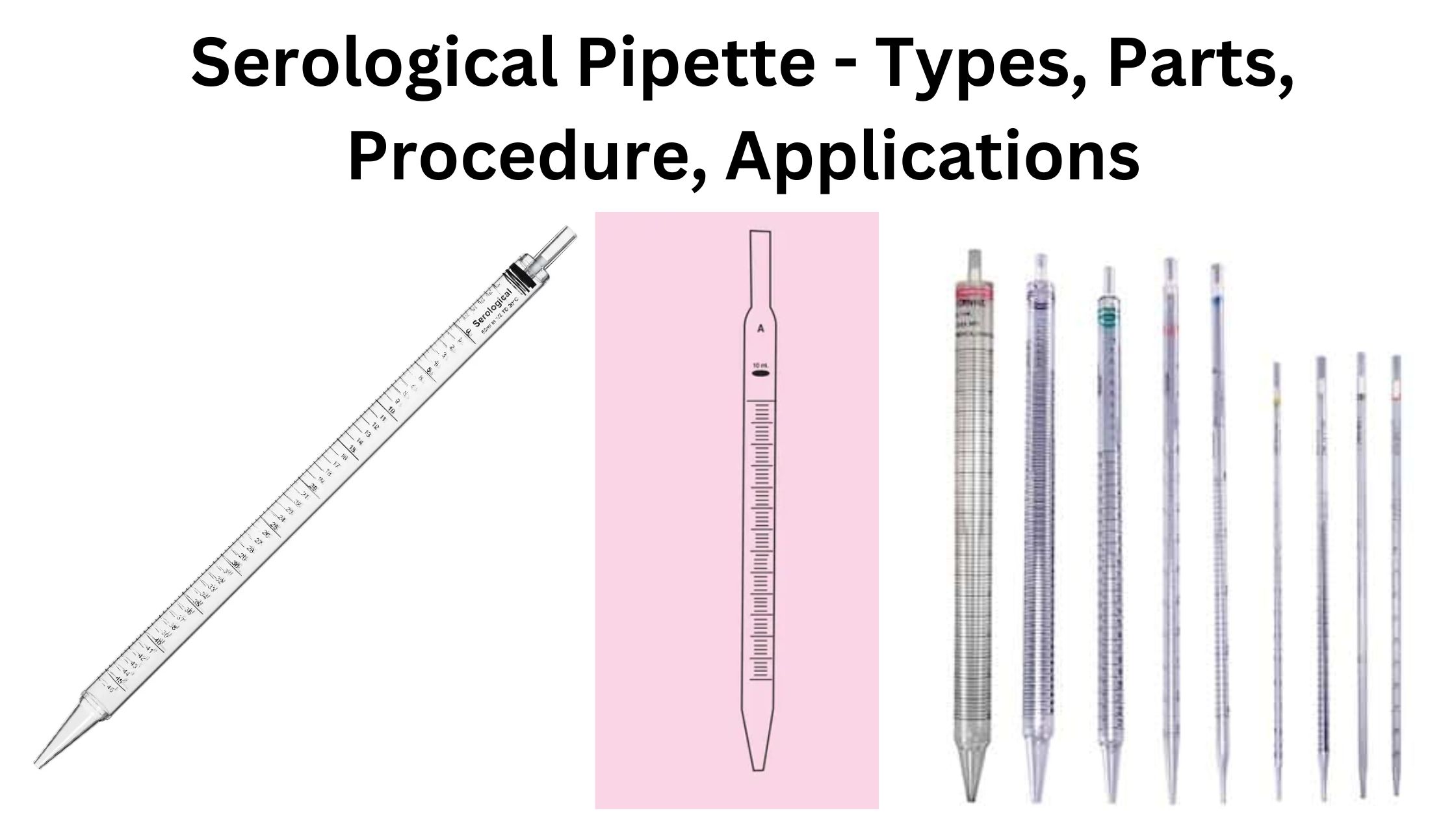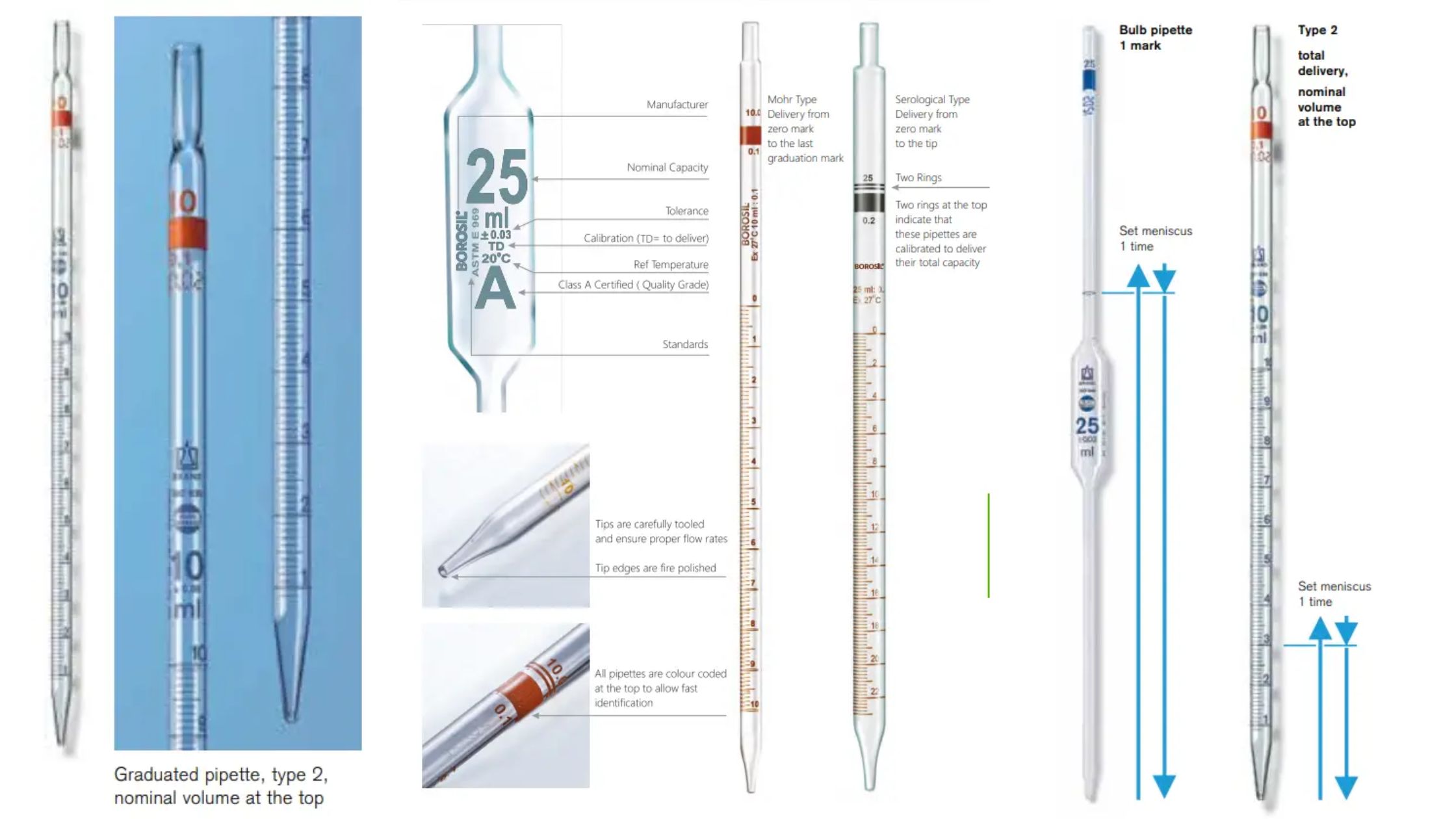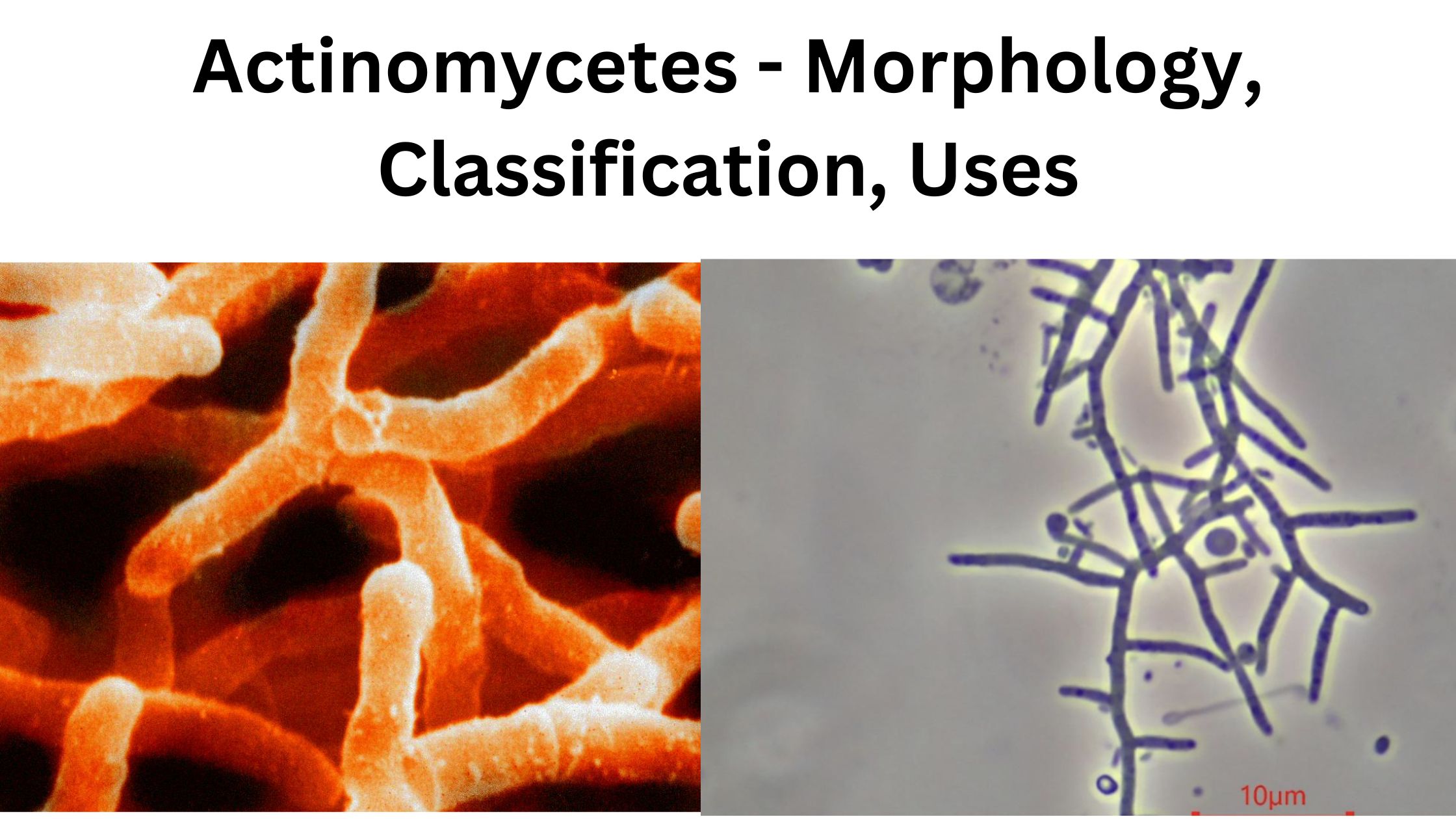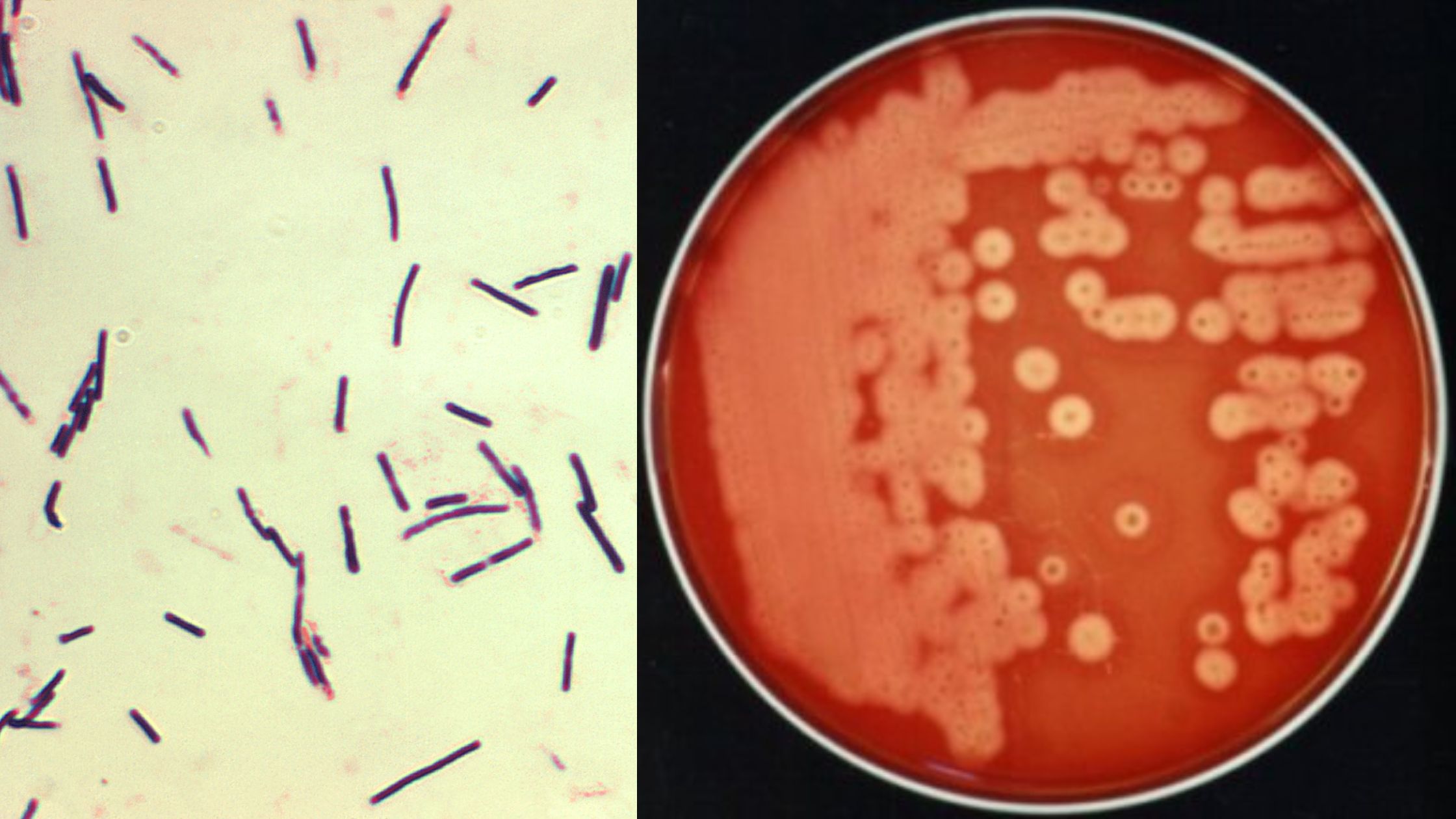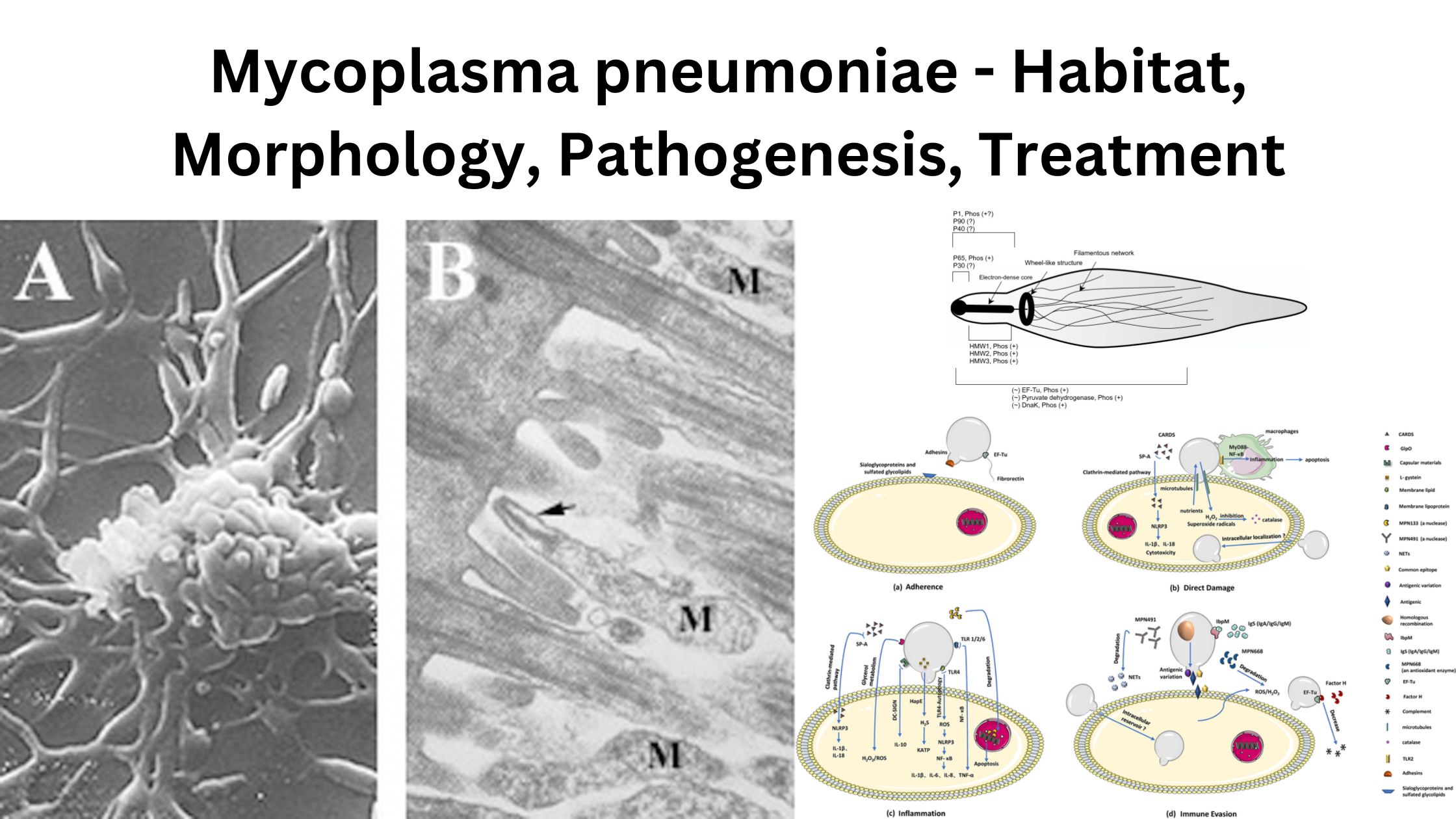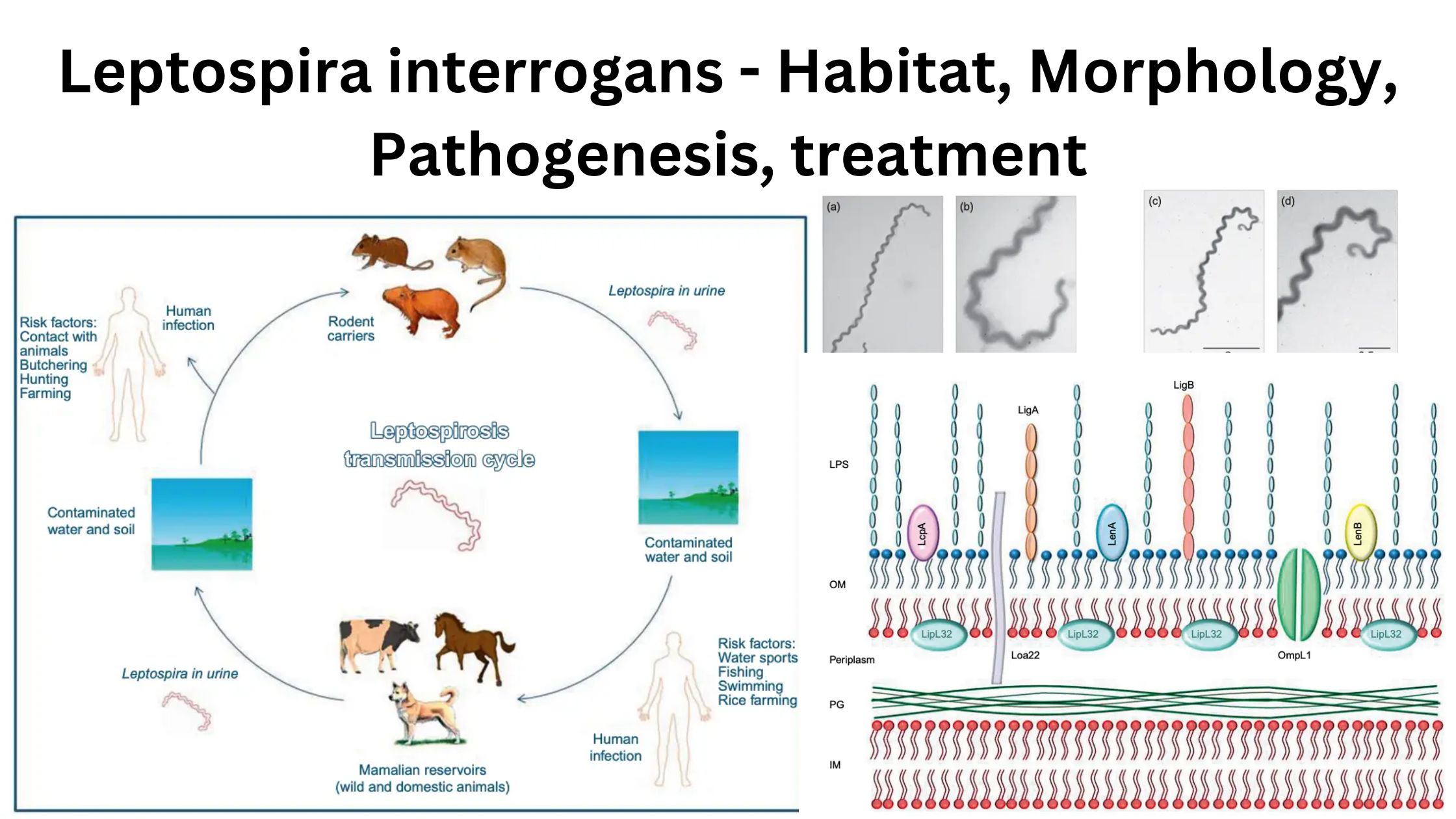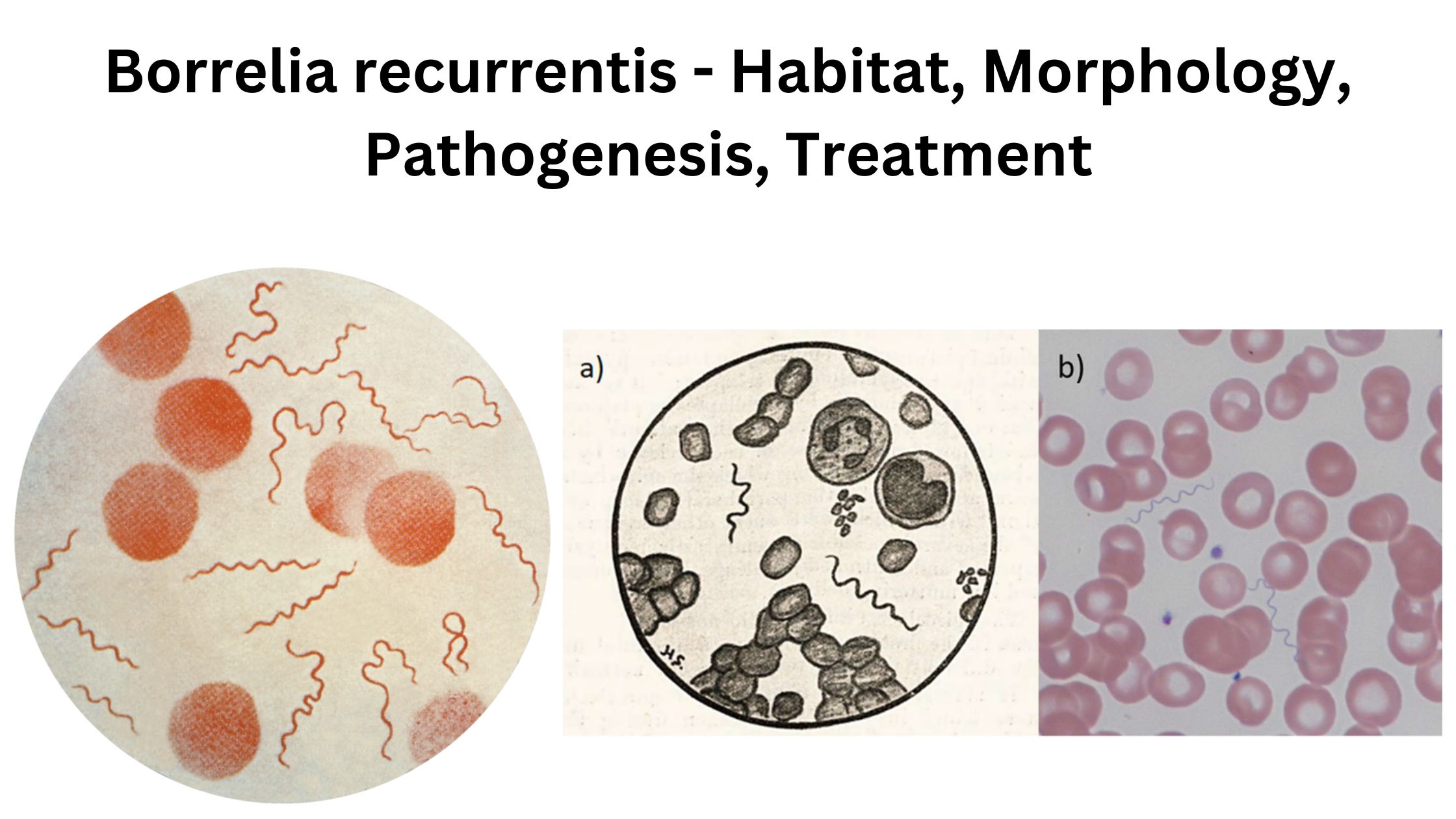Multichannel Pipette – Parts, Types, Procedure, Applications
What is Multichannel Pipette? Key Features of Multichannel Pipettes Multichannel pipettes are invaluable in laboratory settings, allowing users to transfer liquids across multiple channels simultaneously. Their design and functionality provide significant advantages for a range of tasks, particularly when handling large numbers of samples. Below are the core features that make multichannel pipettes essential tools … Read more
